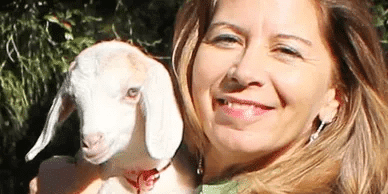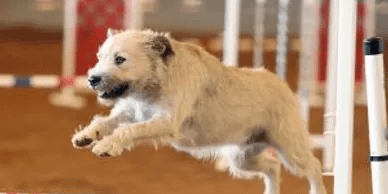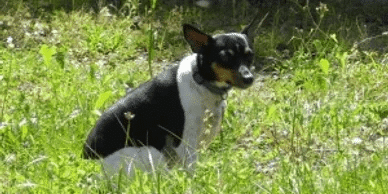
Pigeons usually lay only two eggs at a time, and the individual eggs in a nest are often laid a day or two apart. Even though both eggs begin incubation at the same time, one baby may take longer to develop and grow than the other. In that case, the smaller bird looks to their older sibling to know what to do. When the older, more developed bird learns something new, the younger bird follows suit.
The younger of the two birds that Natalie took to raise had a problem with its crop not emptying completely after feeding, so it’s a little farther behind in development. But they’re both doing great now, so Natalie wanted to know if the birds would prefer to be released, to be “free” once they learn to fly, or whether they’d like to stay in the confined–but safe–space of Natalie’s enclosed balcony. (Smaller birds can visit the balcony at will, but the pigeons would need a larger opening to be able to come and go as they pleased.)
The younger bird deferred to the older sibling, and the older sibling said: “Why would we want anything other than the security of being cared for in a safe place? What does free mean, anyway?”
I showed them an image of the birds that are small enough to fly into and out of the balcony. I showed them that they’d be able to do the same thing if they wanted to, but they’d have to make that decision so Natalie could make a larger opening so they could come and go.
“What’s the difference?” The older pigeon asked. “The other birds come to visit us. Why would we need to go and visit them?”
“It’s not so much about visiting friends,” I answered. “You’d be able to fly wherever you wanted to go. You could venture out into the world and see what’s beyond the balcony.”
Both birds considered for a moment. “Why would we want to go anywhere but here?”
“I don’t know,” I had to admit. I know that I’m ready to fly away from my current safe space, even though leaving here will be difficult and scary. I also understand the desire to stay where everything is provided and nothing is new or scary or potentially dangerous. I’m feeling the push to go and the pull to stay at the same time.
These pigeons are happy, for now, to stay where they are. But will they change their minds one day?
Who knows? It’s up to them to decide. I’m glad they have the option to do whatever they need to do to feel safe and be free at the same time.











I think these are doves, not pigeons, judging by the point of their beaks. You might want to check with a vet. I’m glad your daughter was able to rescue them. I have several pigeons who have visited my yard for years. They will swoop down when they see me because they know they are getting fed.
Hi, Chelle. Thanks for your comment. You may be correct; I wouldn’t know. I do know that doves and pigeons belong to the same family and are very similar in appearance. My daughter’s degree in wildlife management makes her more of an expert than I am, so I relied on her judgment in the matter. But in any case, they’ve flown the coop! She did a “soft release” for them (meaning they could come and go from their cage and the lanai as they pleased), and they very quickly decided to join the wild birds in the area. It was a wonderful experience for all concerned.